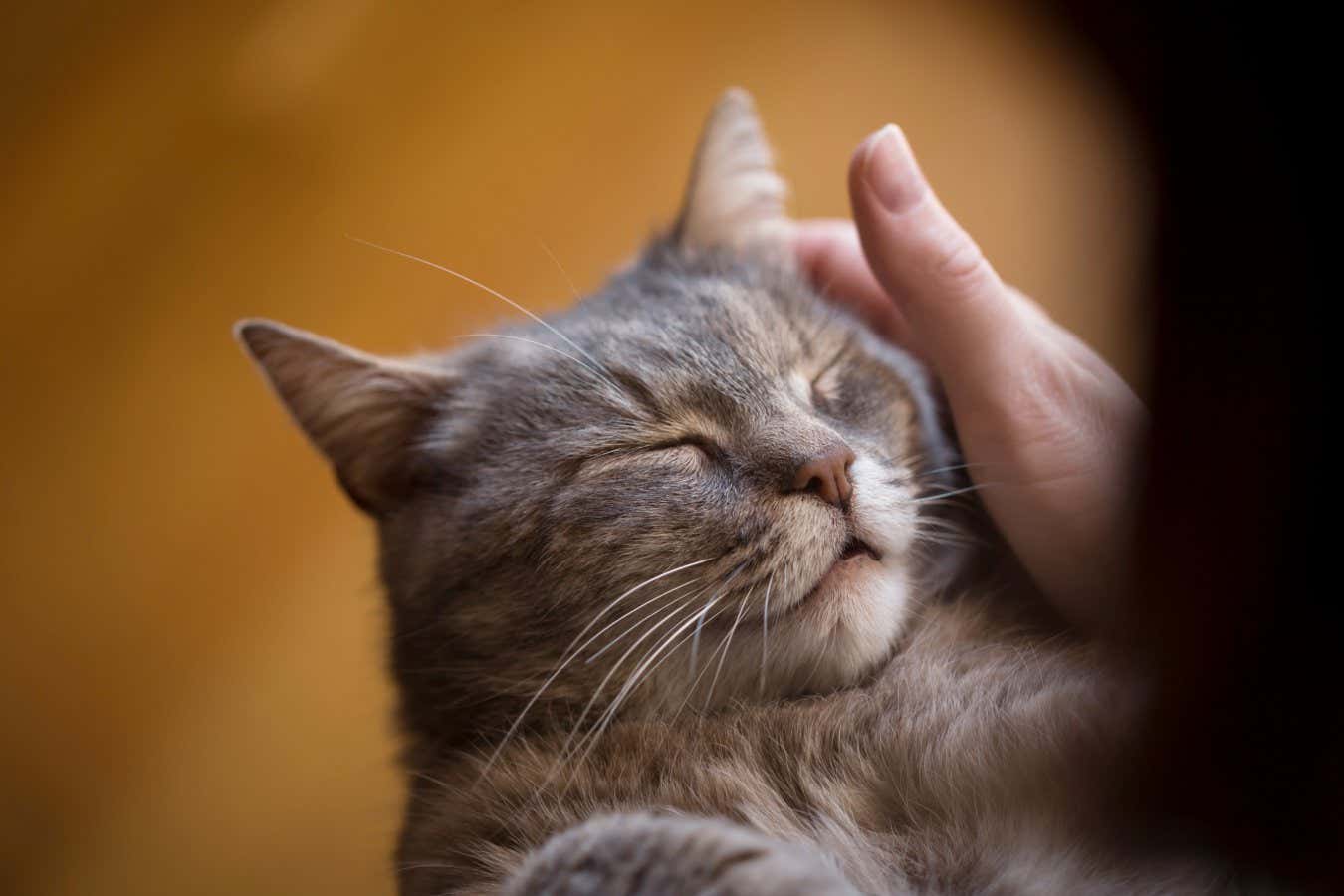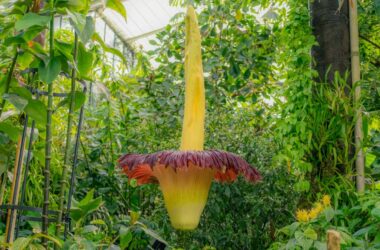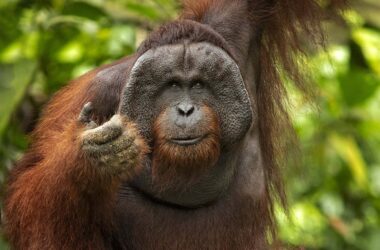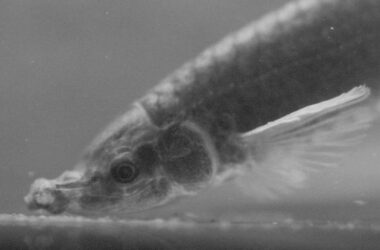Scientists have finally discovered how cats produce their iconic purring sound, a low-pitched rumbling that has puzzled researchers for years. Vocalizing animals typically produce sounds based on the size of their vocal folds, which are bands of smooth muscle tissue in the larynx. In general, larger animals have longer vocal folds that produce lower-frequency sounds. However, domestic cats have relatively short vocal folds, which are responsible for their high-frequency sounds like meowing and screeching. The mystery lies in how they are able to produce a purring sound with these short vocal folds.
Researchers at the University of Vienna in Austria, led by Christian Herbst, hypothesized that purring is related to muscle contractions in the larynx. To test this hypothesis, they conducted a study using euthanized domestic cats. They found that when air was passed through the larynxes of these cats, a purring sound was produced. Surprisingly, muscle contractions were not required. Instead, the researchers discovered that connective tissue embedded in the vocal folds lowered the frequency of the sounds produced, enabling cats to generate the purring sound.
While the study provides insights into the mechanics of cat purring, it does not completely rule out the possibility that muscle contraction still plays a role in producing purring sounds in living cats. Further research is needed to fully understand the complexities of this behavior.
The reason why cats purr remains uncertain. It is believed to be a sign of contentment and a way for cats to encourage further interaction. Purring has also been observed to act as a soothing mechanism and potentially promote healing after injury.
Insights:
The mystery of how cats purr has long been a topic of scientific interest. This study sheds light on the mechanism behind the purring sound, revealing that it is not solely dependent on muscle contractions but also involves connective tissue in the vocal folds. Understanding the mechanics of cat purring can help researchers gain insights into the communication and behavior of these animals.
While the study focused on domestic cats, the findings also have implications for wild species such as cheetahs and lynxes that also purr. It suggests that the same mechanism of connective tissue lowering the frequency of vocal fold vibrations may be at play in these animals as well.
Additionally, the study highlights the value of studying animals’ vocalizations and the correlation between vocal fold size and sound frequency. By investigating how different animals produce sounds, scientists can unravel the fascinating variety of communication methods in the animal kingdom.







